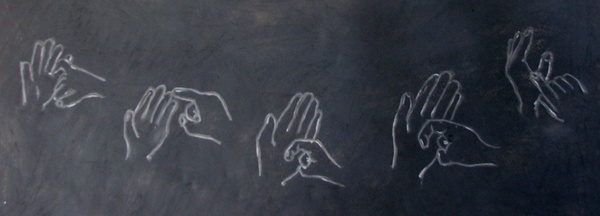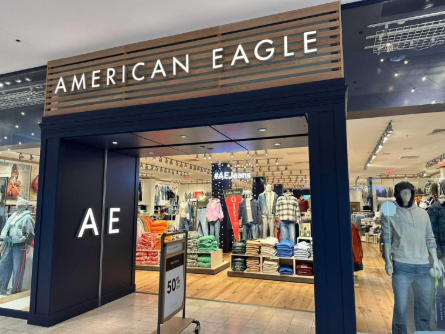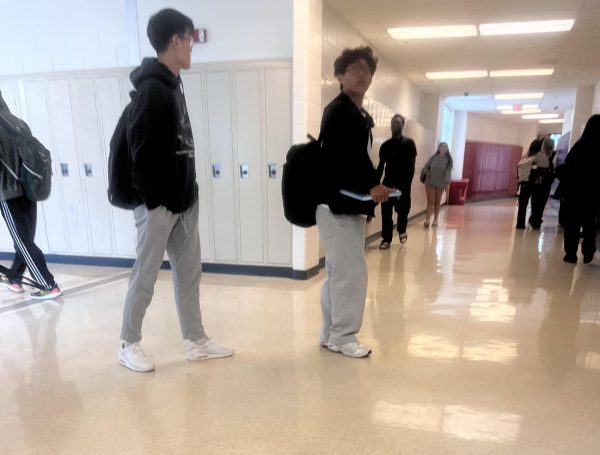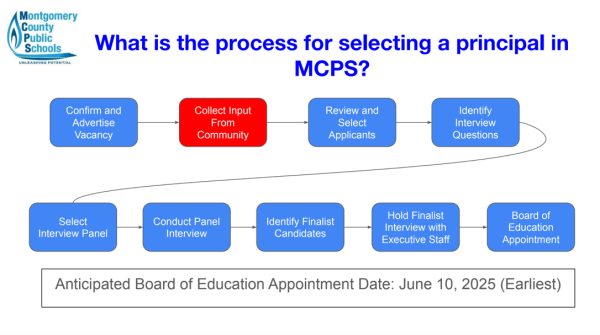ASL Club looks to spread awareness

Photo used with permission from Google Creative Commons
The Sign Language Club aims to enhance learning about the Deaf community and Deaf culture.
The ASL Club is being developed by students working with sponsor Lea Clark this fall to continue conversation outside of the classroom. Students and sponsors share their excitement as plans become more solid.
The ASL Club recently had their first meeting where they discussed the logistics of the club including how many times a month they should meet, settling on once a month. They also discussed ways that would enhance learning of the deaf community and deaf culture and why it is important to be an ally and stop discrimination.
The ASL Club was started by students no longer enrolled in ASL who were inspired by the culture and language of deaf people and wanted to continue the conversation outside of the classroom. “Ever since taking ASL, I have always been interested in not only the language but also the deaf culture. I joined the club to learn more about this and spread awareness about deaf culture and community,” Co-president Hannah Eisenfeld said.
Due to the start of this club being during virtual learning last year and the transition back to in-person school, the club has not had any achievements yet but is working hard toward them. “My personal goal is to enhance club members’ knowledge of deaf culture and the deaf community and be an ally to the deaf community, in hopes of diminishing discrimination,” Eisenfeld said.
Eisenfeld’s role as co-president is to facilitate and lead conversations during meetings and to help her co-president Anna Keneally with making presentations and sending out emails.
Before the start of the online school year, the ASL 3 class was cancelled, which especially upset Keneally. Keneally took matters into her own hands and began making phone calls, writing emails, and making petitions in order to bring back the ASL 3 class. Her actions proved successful and Keneally met with Principal Kimberly Boldon. The class was then resumed. This huge success strengthened and brought together the deaf and hearing community here.
At least 35 states in the US offer ASL classes in their schools, which deepens the importance of the ASL Club here. Having an ASL Club allows a safe space for deaf, hard of hearing, and hearing people to communicate, strengthen their knowledge, and share their experiences with each other. It also helps limit discrimination against deaf people and teaches anybody who is willing to learn how to be a better ally and why it is important.
One of the valuable subjects being taught is the history of ASL and its importance to deaf people. ASL was founded by Thomas Hopkins Gallaudet alongside Laurent Clerc in 1817 after a trip to a school for the deaf in Paris. Gallaudet was inspired to find an efficient way for the deaf to communicate after meeting his deaf neighbor, Alice Cogswell, and realizing that she had no way to communicate with her friends and family.
Your donation will support the student journalists of Thomas S. Wootton High School. Your contribution will allow us to purchase equipment and cover our annual website hosting costs.
Maria Daraselia is a 2025 graduate.






